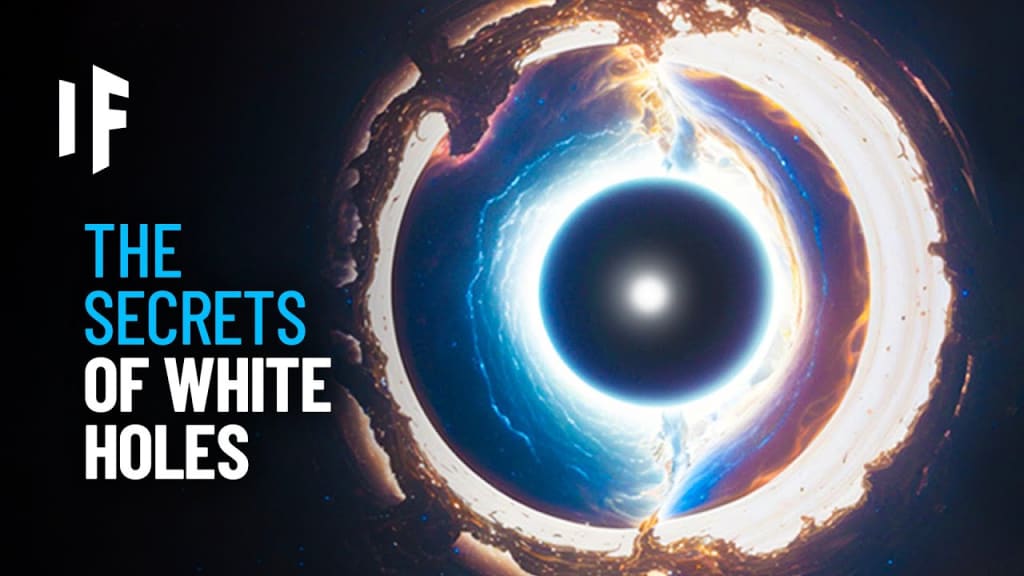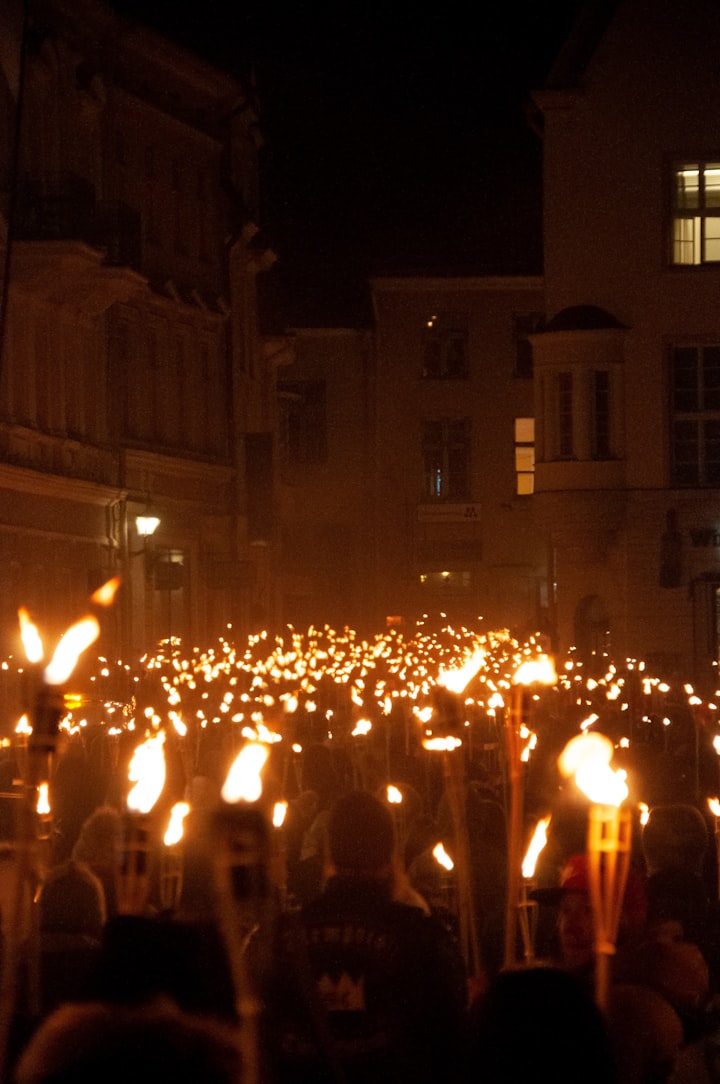
A black hole, often referred to as a "celestial whirlpool of gravitational death," engulfs everything within its reach, trapping them in an inescapable abyss. However, scientists speculate that there exists an extraordinary counterpart to these formidable entities—a white hole. Unlike black holes, which compress matter into an infinitely small singularity at their core, white holes expel matter into the universe, suggesting they may be the reverse side of black holes.
While we have observed and even captured images of black holes, their white twins have remained elusive. Yet, recent discoveries of mysterious gamma rays in unexpected locations might provide the evidence scientists have been searching for. Gamma-ray bursts, incredibly intense bursts of gamma-ray light, have been witnessed, but one particular event, labeled GRB060614, stood out. It appeared suddenly, collapsed rapidly, and exhibited unusual behavior. Scientists believe this enigmatic burst could be indicative of a white hole, finally providing proof of its existence.
The prospect of investigating a white hole firsthand raises questions and challenges. Imagine traveling across the universe to catch a glimpse of this theoretical entity, only to find yourself faced with a seemingly empty, dark void surrounded by a ring of dust and gas—an event horizon separating you from its singularity. However, entering the event horizon of a white hole would prove impossible due to the constant barrage of intense gamma radiation that would obliterate anything in its path.
Even if one could somehow survive the relentless onslaught of gamma radiation, the resistance encountered within the warped space-time surrounding the white hole would make progress arduous. The closer you approach, the greater the energy required, eventually surpassing the total energy available in the entire universe. However, the presence of a wormhole connecting the white hole to its black hole counterpart could offer a potential entry point, albeit an unstable and unpredictable one.
Venturing into a black hole first, passing through its event horizon, would reveal a burst of intense light followed by a perception of the black hole expanding around you. An optical illusion known as relativistic beaming would distort your surroundings, creating the sensation of free-falling backward through the black hole. Overcoming gravity's immense forces would cause your body to stretch thin—a phenomenon known as reverse spaghettification. Finally, breaking the cosmic speed limit and surpassing the speed of light would result in a dramatic exit from the event horizon, propelling you into a distinct part of our universe or, conceivably, beyond its confines entirely.
If you have indeed traversed a black hole and a white hole, the possibilities become boundless. You may have journeyed through the very black hole that birthed our universe over 13.8 billion years ago. Now, a new epoch of discovery awaits, albeit with unforeseen challenges. The laws of physics in this realm could differ vastly from what we know, emphasizing the importance of exploring other scientific phenomena, such as a startling Earth-like planet. Brace yourself, for this is only the beginning of an epic voyage into the unknown.
The search for white holes continues to captivate scientists, urging them to unravel the secrets of these enigmatic celestial gateways. Unlocking their mysteries could not only deepen our understanding of the universe but also expand the realms of possibility for future space exploration. The tantalizing prospect of traversing through black holes, wormholes, and white holes promises adventure and discoveries that challenge the very fabric of our knowledge. As technology advances and our understanding of the cosmos evolves, who knows what extraordinary phenomena we may encounter next? The cosmos beckons, and humanity's insatiable curiosity propels us
forward, forever seeking answers to the grandest questions of the universe.






Comments
There are no comments for this story
Be the first to respond and start the conversation.